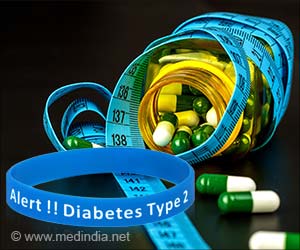
Research has shown that tamoxifen can protect against breast cancer for years after treatment ends, but identifying the group of women who can most benefit from the drug as a cancer preventive agent, without experiencing serious side effects, is a challenge. Side effects of the drug can include pulmonary embolism, endometrial cancer, deep vein thrombosis, and cataracts, as well as hot flashes and early menopause.
To investigate those women who would benefit the most from taking tamoxifen as a cancer preventive drug, Peter Alperin, MD, of Archimedes Inc. in San Francisco, and his colleagues used a mathematical model to simulate a post-menopausal population under age 55 years in a virtual clinical trial comparing tamoxifen treatment with no treatment. The investigators modeled tamoxifen therapy based on an analysis of four randomized, placebo-controlled cancer prevention trials, and they assessed the effects that tamoxifen would have on women's breast cancer risk for 10 years following the end of treatment. Cancer incidences and survival information were taken from the Surveillance Epidemiology and End Results cancer registry, while factors such as non-cancer disease incidences, quality of life, and costs were taken from the medical literature.
The researchers found that in post-menopausal women ages 55 years and younger with a 5-year risk of developing breast cancer of 1.66 percent or greater, the benefits of tamoxifen are maximized while its side effects are minimized. "In this group of women, using tamoxifen to prevent breast cancer saves lives and has a low frequency of side effects," said Dr. Alperin. He added that it also saves medical costs. "Specifically, chemoprevention with tamoxifen prevents 29 breast cancer cases and 9 breast cancer deaths per 1,000 women treated, and it saves $47,580 per 1,000 women treated in the United States."
These findings may help physicians and their patients as they strive to identify optimal breast cancer prevention options for individual women based on their current health and demographic profile. In addition, investigators can use mathematical modeling and cost-effectiveness analyses, such as those described in this study, to explore different prevention strategies and evaluate their impact on health and economic outcomes.
Source-Eurekalert














